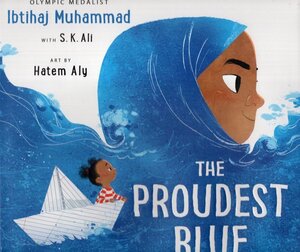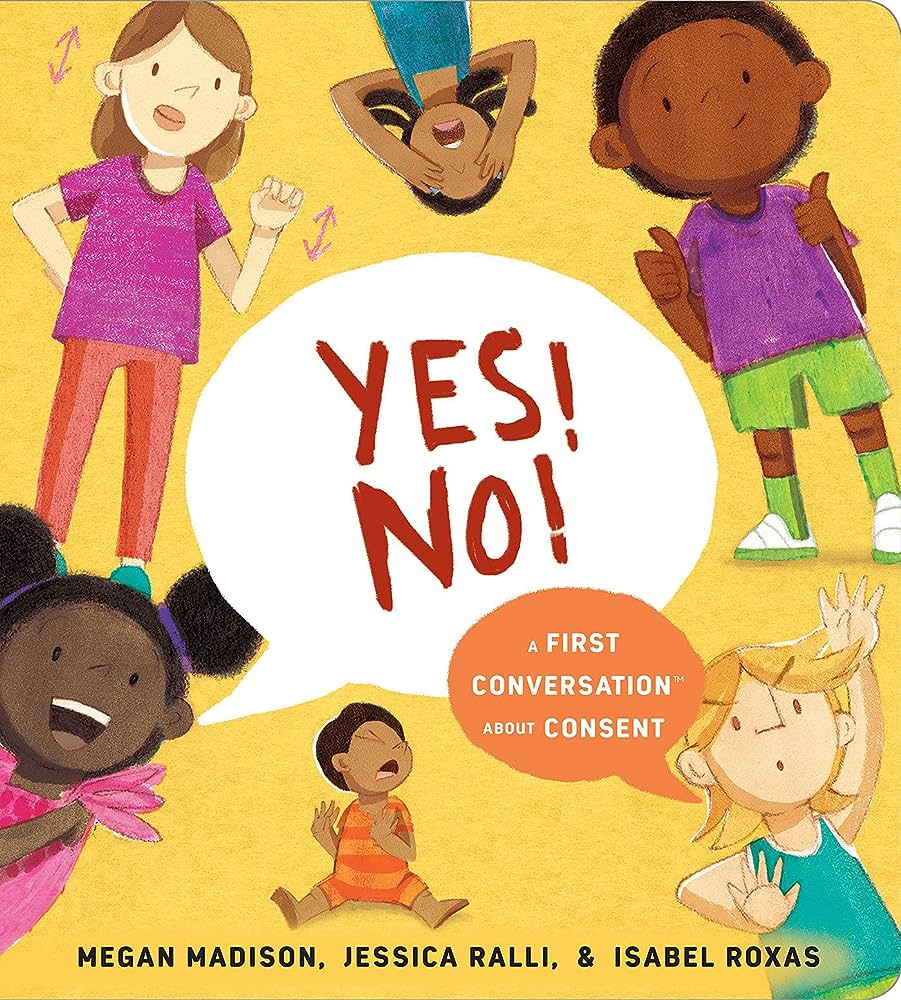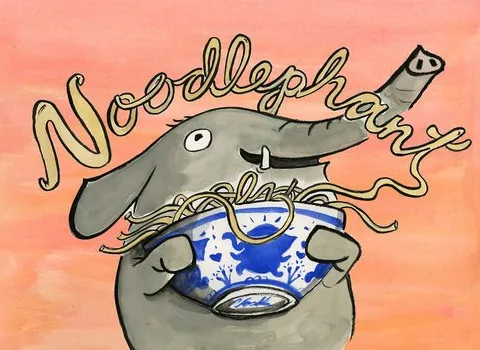Anti-bias Resources and Book Recommendations
Did you know that the educational programs of Reggio Emilia were designed with an explicitly anti-fascist mission? In the wake of World War II, the people of this region in Italy pooled public funds, donated private parcels of land, and banded together to create schools for their children. Educators and community members who had witnessed and survived fascism intentionally created these programs to raise future generations of children who would not tolerate injustice & inequality. This type of anti-bias education is a huge element of the Reggio-inspired philosophy we follow here at PRLC Preschool; using the skills and qualities described in the 5 Pillars of the Whole Child we strive for interactions and experiences that will instill values like equity, advocacy, and respect.
Part of this process involves continuous work on our school’s book collection – our mission is to ensure the stories we share are free from biased messages & images, and instead feature respectful and authentic representations of characters with a wide range of identities & experiences. Books and stories are one way that children organize their thoughts and process ideas around what’s going on in their lives. Whether it’s celebrations that come around every year, major family changes, or global events they might overhear – we can use literature in incredibly meaningful ways to support children’s learning about the world around them. Books can help children articulate questions they’ve been considering, extend an idea they’re exploring, or view situations from new perspectives. This makes it imperative that we look critically at the media we share and ensure that it is conveying messages which we value.
Here are some tips for analyzing books on your own & improving your collection:
Research the author & illustrator, and highlight “Own Voice” content
Children’s books often have a short blurb about the author & illustrator in the end pages or on the book jacket, but you can also do a quick search online to learn more about who wrote this book and why. Books written from an authentic perspective, by authors who share identities & experiences with the characters in their stories are referred to as “Own Voice” and are often more accurate than those written by an outsider.
Check the images closely for stereotypes or harmful depictions
For young children, particularly those who are not reading words yet, the images in a book are typically where their focus goes while the adult is looking at the text. It’s incredibly common for children to notice elements of illustrations that grown ups would have otherwise missed. Because their focus is so drawn to the pictures, children sometimes take harmful messages or misunderstandings away from a book. Taking a few minutes to look critically at the images can reveal common stereotypes to be discussed & challenged (or facilitate the decision to no longer read the book).
A few examples we see quite often:
- Background cityscapes full of crowds, with only white people in sight
- Indigenous people represented only half-dressed, wielding bows & arrows, and wearing feather head pieces regardless of the Tribe depicted
- BIPOC characters in general are shown in stereotypical ways
- Fat characters are depicted negatively (ugly, dirty, lazy, etc.)
- Poor people are depicted negatively (ugly, dirty, lazy, etc)
Notice which identities & experiences are left out of the collection
No book represents every possible intersection of identity, but within a collection we often notice that the dominant culture (white, male, cisgender, heterosexual, & Christian) is represented to a degree that leaves other identities & experiences invisible. We can challenge this by adding books to our libraries that feature more diverse stories.
For more information on building an anti-bias library, you can check out the Guide for Selecting Anti-bias Children’s Books by Louise Derman Sparks.
Book Recommendations
Here are a few recent additions to our school library that we’ve enjoyed!
The Proudest Blue by Ibtihaj Muhammad

When her older sister Asiya wears her hijab to school for the first time, Faiza worries about other children’s questions and judgments. Throughout the day she comes to admire her sister’s strength and pride in their culture & faith.
Yes! No! A First Conversation About Consent by Megan Madison, Jessica Ralli & Isabel Roxas

A great way to start talking to young children about consent – Yes! No! offers lots of examples of what consent looks like through the lens of children’s play & daily lives. This book features empowering messages about how to say “no” to adults & peers alike, as well as how to recognize whether someone is agreeing to play or wants to stop.
Noodlephant and Okapi Tale by Jacob Kramer & K-Fai Steele

This short series by Jacob Kramer and illustrated by K-Fai Steele tells the story of a town that works together to challenge unjust laws and create real change for their city – all through the approachable story of an elephant who loves pasta and abundant noodle puns. In Noodlephant we’re introduced to the town of Rooville and the titular character who just wants to share noodles with her friends, and in the sequel Okapi Tale we see the resilience of their community when faced with greed. These two books can offer children usable comparisons and metaphors for oppressive systems which can be used as they begin learning about more real world examples in the years to come.

